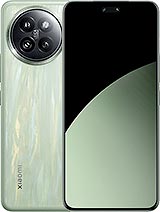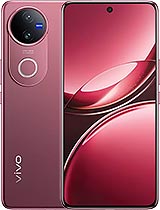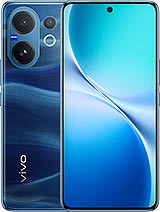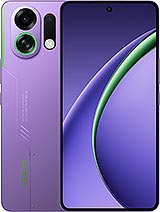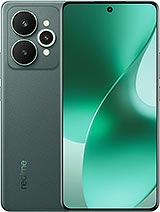Google Pixel 7a alternatives
Tap above to see alternatives.
Oppo F31 alternatives
Tap above to see alternatives.
Google Pixel 7a
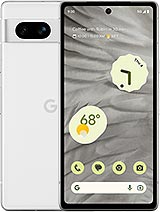
Google Pixel 7a
-
Tensor G2
5 nm
-
4385 mAh
18W
-
6.1"
1080 x 2400 pixels
-
64 MP
4K@30/60fps
- Specs
2x2.85 GHz Cortex-X1
2x2.35 GHz Cortex-A78 & 4x1.80 GHz Cortex-A55
4x2.5 GHz Cortex-A78
4x2.0 GHz Cortex-A55
8GB 256GB (UFS 3.1)
12GB 256GB (UFS 3.1)
f/1.9, 26mm (wide), 1/1.73", 0.8µm, dual pixel PDAF, OIS
13 MP
f/2.2, 120˚ (ultrawide), 1.12µm
f/1.8, (wide), 1/2.88", 1.6µm, OmniVision OV50D40, PDAF, OIS
2 MP
f/2.4, (depth), 1/1.5", 1.75µm
1080p@30/60/120/240fps
720p@60/30fps
f/2.2, 20mm (ultrawide), 1.12µm
f/2.4, (wide), 1/1.3", 1µm, Sony IMX480
1080p@30fps
720p@30fps
SIM1: Nano, SIM2: eSIM
18 5G bands
n1, n2, n3, n5, n7, n8, n12, n20, n25, n38, n40, n41, n66, n75, n76, n77, n78, n79
10 5G bands
n1, n3, n5, n8, n28, n38, n40, n41, n77, n78
In this performance comparison, the Google Pixel 7a with its Google Tensor G2 (5nm) performs better than the Oppo F31 with the Mediatek Dimensity 6300 (4nm), thanks to superior chipset efficiency.
Google Pixel 7a offers 3 years of OS updates, whereas Oppo F31 provides 2 years. For security updates, Google Pixel 7a offers 5 years of support compared to Oppo F31's 3 years.
Both Google Pixel 7a and Oppo F31 feature AMOLED displays, offering vibrant colors and deeper blacks. In terms of smoothness, Oppo F31 offers a higher 120 Hz refresh rate, ensuring fluid scrolling and animations. Oppo F31 also boasts a brighter screen with 1400 nits of peak brightness, enhancing outdoor visibility. Both phones have the same screen resolution.
Oppo F31 features a larger 7000 mAh battery, potentially delivering better battery life. Oppo F31 also supports faster wired charging at 80W, compared to 18W on Google Pixel 7a. Google Pixel 7a supports wireless charging at 5W, while Oppo F31 does not support wireless charging.
Oppo F31 offers better protection against water and dust with an IP69 rating.
- Oppo F31 – Check price here
¹ Scores can vary even with the same chipset due to RAM, thermals, and software optimization.

